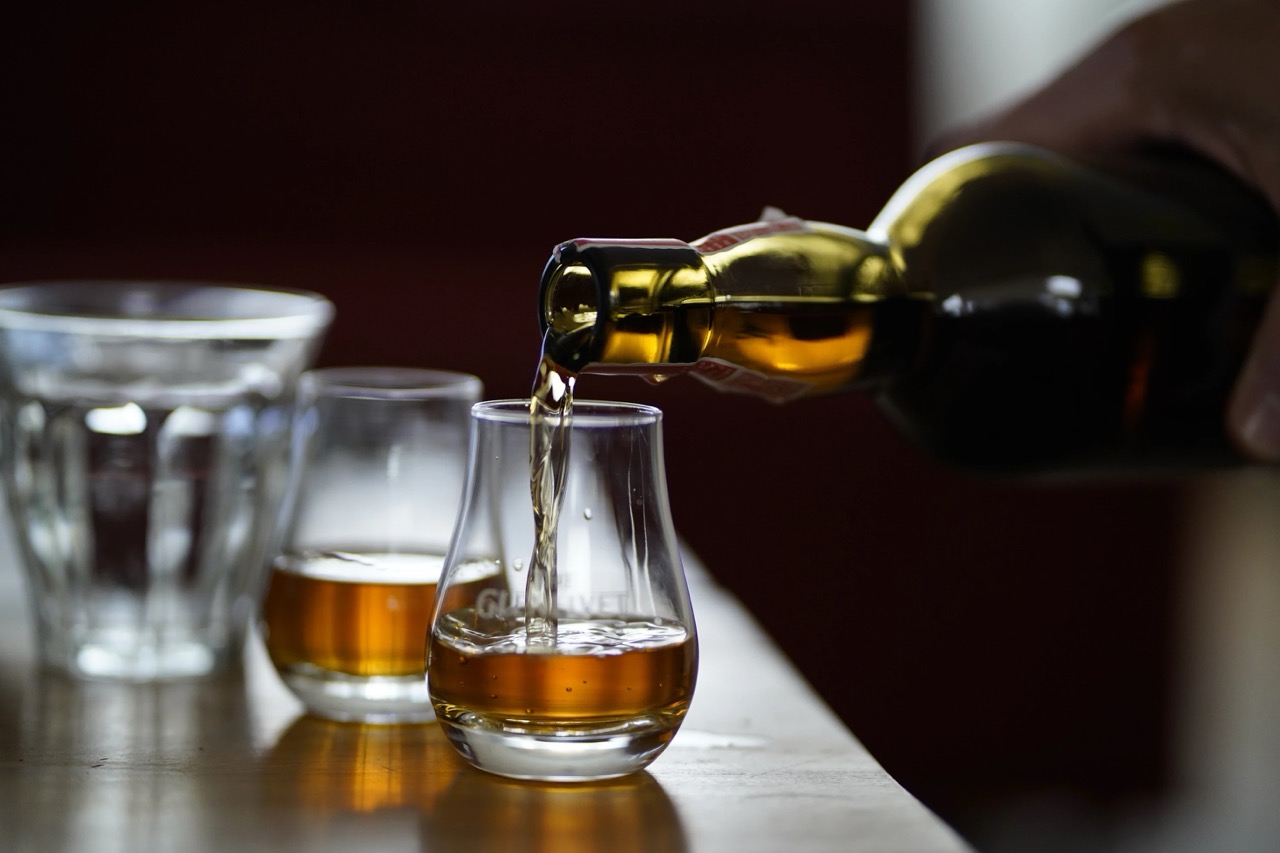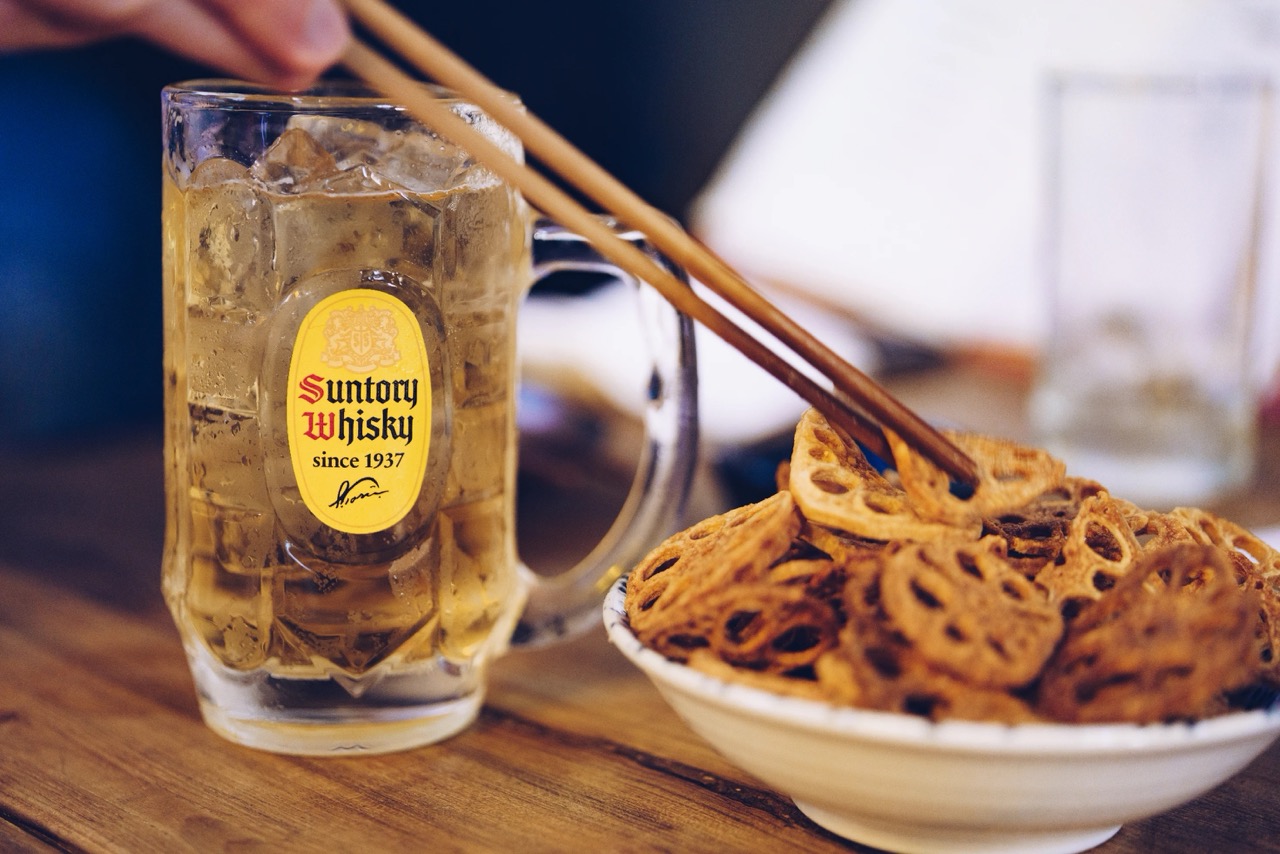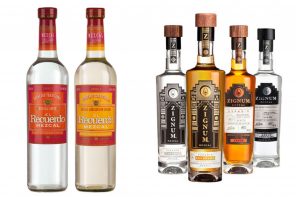Over the past few decades, Japanese whisky has surged to prominence on the global stage, earning recognition and admiration from prestigious award-giving bodies. Renowned for its unique characteristics and exceptional quality, Japanese whisky is a testament to top-notch craftsmanship and innovative spirit. Understanding its history, production process, and the top-playing brands in the industry is essential for appreciating the authenticity of Japanese whisky.
History of Japanese Whisky

The story of Japanese whisky begins with the influence of Scottish distillation traditions. Shinjiro Torii established the first Japanese whisky distillery in 1923, aiming to bring the taste of Scotland to Japan. Torii hired Masataka Taketsuru to study in Scotland and help launch the first Japanese whisky. Their pioneering efforts laid the foundation for what would become a flourishing industry characterized by innovation and excellence.
Production Process
Japanese whisky production is a pleasant blend of tradition and precision, producing a distinct and refined product. A taste of Japan begins with the carefully selected ingredients and intricate process. The journey from these raw materials into premium whisky involves several key steps.
1. Malting: The barley is soaked in water, germinated, and then dried to halt germination. This step produces the enzymes needed to convert starches into fermentable sugars.
2. Fermentation: The malted barley is mixed with hot water to extract sugars, creating a mash. Yeast is added to the mash, converting sugars into alcohol and producing a liquid known as ‘wash.’
3. Distilling: The wash is distilled twice in pot stills, concentrating the alcohol and refining the flavors. The spirit result is clear and potent, ready for maturation.
4. Maturation: The spirit is aged in wooden casks, often made of Mizunara oak, which gives unique flavors and characteristics. This maturation period can last several years to decades, allowing the whisky to develop its desired taste.
5. Bottling: After reaching the preferred maturity, the whisky is carefully filtered and bottled to capture the essence of Japanese craftsmanship in each bottle.
Note: The alcohol content of Japanese whisky typically ranges from 40% to 60%, varying based on the distillery and specific product requirements.
Largest Manufacturers of Japanese Whisky
Here are several manufacturers who have become pillars of the Japanese whisky industry, each contributing to its global credit:
- Suntory Yamazaki Distillery: Masataka Taketsuru and Shinjiro Torii founded Suntory, pivotal in pioneering Japan’s whisky industry.
- Nikka Whisky Distilling Co. Ltd.: Masataka Taketsuru also founded Nikka, short for Nippon Kaju, which offers iconic products such as Yoichi and Miyagikyo, celebrated for their robust and complex taste.
- Chichibu Distillery: It was founded in 2004 and is owned by Venture Whisky Ltd. Chichibu has quickly gained a reputation for its high-quality, small-batch whiskies, including the sought-after Chichibu Single Malt.
- Asahi Breweries Ltd.: Asahi, known for its Super Dry beer, also produces premium whiskies under the Black Nikka label.
Flavor Profiles and Tasting Notes

Japanese whisky is celebrated for its delicate and balanced flavor profiles, characterized by floral notes, fruity hints, and a subtle smokiness. To fully appreciate Japanese whisky, consider the following steps: observe the color, which can range from pale gold to deep amber, indicating the whisky’s age and cask type; next, inhale deeply to identify its aromatic notes, like vanilla, oak, and spices; take a small sip, letting the whisky coat your mouth and noticing the initial flavors and how they evolve; and pay attention to the finish―the lingering flavors that remain after swallowing, often are smooth and refined with complex layers.
Collecting and Pairing
For liquor enthusiasts, collecting premium Japanese whiskies can be a rewarding hobby. Look for limited editions and older bottlings with the right labels, which often tend to appreciate in value. When serving authentic Japanese whisky, there is plenty of mouthwatering innovative Japanese cuisine to pair with for a more luxurious experience. Traditional food pairings such as sushi, sashimi, and tempura complement the whisky’s delicate flavors or consider savoring it with fine chocolates or aged cheeses to add an extra layer of taste.
Conclusion
The Japanese whisky’s unique qualities and authenticity make it a standout in the liquor industry. Its rich history, meticulous production process, and refined flavor profiles offer a luxurious experience for casual drinkers and connoisseurs alike. As its popularity grows, Japanese whisky is poised to remain a unique and notable beverage on the international stage. Discover a world of creative flavors and timeless craftsmanship now and indulge in the core of premium whisky only in Japan.
Related Article: Invigorating Beer-based Spa Treatments by Original Beer Spa
Read here for more Food & Travel stories and stay updated on the latest news.
–
Featured Image by John Cafazza via Unsplash
















